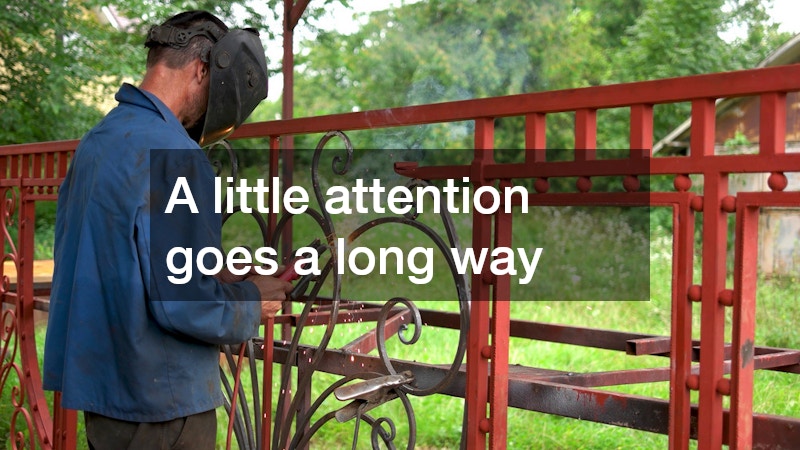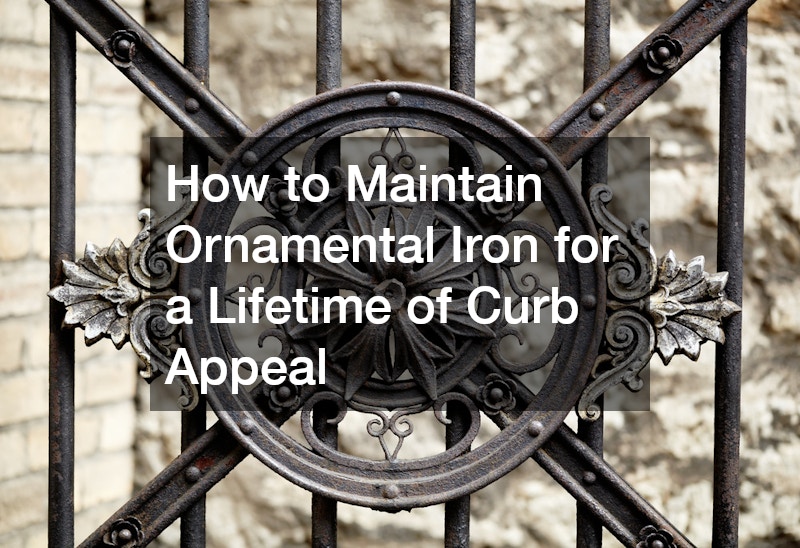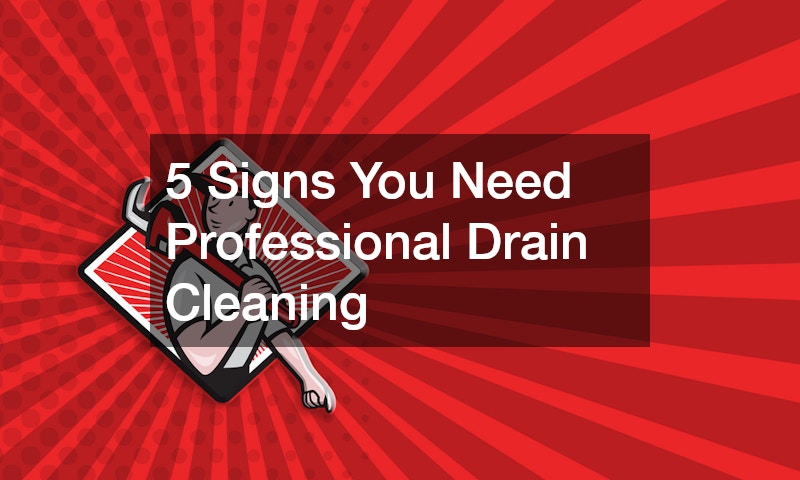Ornamental iron is one of the most elegant and durable materials you can use in your landscape design. From decorative gates and fences to custom railings and garden accents, ornamental iron adds timeless beauty and sophistication to any outdoor space. However, like any material exposed to the elements, it requires proper care to preserve its charm and prevent deterioration.
If you’ve invested in ornamental iron features for your home, you’ll want to make sure they continue to look stunning year after year. In this guide, we’ll walk you through everything you need to know about maintaining ornamental iron for a lifetime of curb appeal.
Understand What Makes Ornamental Iron Special
Before you begin maintenance, it helps to understand why ornamental iron stands out. Unlike standard wrought iron, modern ornamental iron is often crafted with advanced coatings and finishes that resist rust and corrosion. These pieces are not only strong but also versatile—designed to blend seamlessly into both traditional and contemporary landscapes.
That said, no finish lasts forever. Sun exposure, rain, humidity, and pollution can all take a toll over time. Proper maintenance ensures that your ironwork stays both functional and beautiful, protecting your investment for decades.
Regular Cleaning Keeps Iron Looking New
One of the simplest yet most important steps in maintaining ornamental iron is regular cleaning. Dirt, dust, and debris can trap moisture and lead to corrosion if left unchecked.
Here’s how to clean your iron features safely:
-
Step 1: Rinse the surface with water to remove loose dirt.
-
Step 2: Use a mild soap (like dish detergent) mixed with warm water and a soft sponge or cloth to wipe down the metal. Avoid abrasive brushes or steel wool that can scratch the finish.
-
Step 3: Rinse thoroughly with clean water and allow the iron to dry completely.
Doing this every few months—or more frequently in areas with heavy rain or salty air—will keep your ornamental iron looking its best.
Inspect for Rust and Damage
Even with protective coatings, ornamental iron can develop small rust spots over time, especially at joints, welds, or areas where the paint has chipped. Regular inspection is key to catching these issues early before they spread.
When inspecting, look for:
-
Flaking or bubbling paint (a sign of trapped moisture)
-
Small orange or brown spots (early rust)
-
Loose screws or fasteners
-
Cracks or bends in decorative pieces
If you notice any damage, act quickly. The longer rust sits, the deeper it penetrates into the metal, making repairs more difficult and expensive.
Remove Rust the Right Way
If rust appears, don’t panic—it can usually be removed with a few simple steps.
-
Sand the area using fine-grit sandpaper or a wire brush until the rust is gone.
-
Wipe the surface clean with a damp cloth and let it dry completely.
-
Apply a rust-inhibiting primer specifically designed for metal surfaces.
-
Repaint with a high-quality, exterior-grade paint that matches your existing finish.
Pro tip: Use a paint designed for wrought or ornamental iron, often labeled as “rust-preventive enamel.” This provides a strong, protective barrier against future corrosion.
Repaint Every Few Years
Even the best paint jobs eventually fade or chip. Repainting your ornamental iron every so often helps maintain its protective coating and keeps it looking fresh.
Before painting, make sure the surface is clean, dry, and free of old, peeling paint. A primer followed by two coats of metal paint typically delivers the best results.
Choose colors that complement your home’s exterior—classic black is always timeless, but bronze, white, or custom metallic tones can also make a statement.
Protect Against Moisture and the Elements
Moisture is the enemy of metal, so taking steps to protect your ironwork from the elements can significantly extend its life.
-
Apply a clear sealant or metal wax to add a protective layer against rain and humidity.
-
Trim plants and shrubs around fences or railings to prevent constant contact with damp leaves or soil.
-
Ensure proper drainage so water doesn’t pool around posts or bases.
If you live in a coastal area, consider washing your ironwork more often to remove salt residue, which can accelerate corrosion.
Ornamental iron offers a timeless blend of strength, beauty, and sophistication that enhances any landscape. With regular cleaning, prompt rust removal, and periodic repainting, your iron gates, fences, and accents can maintain their stunning appearance for decades.
A little attention goes a long way—so set aside a few hours each season to care for your ornamental iron, and you’ll be rewarded with a lifetime of lasting curb appeal.




